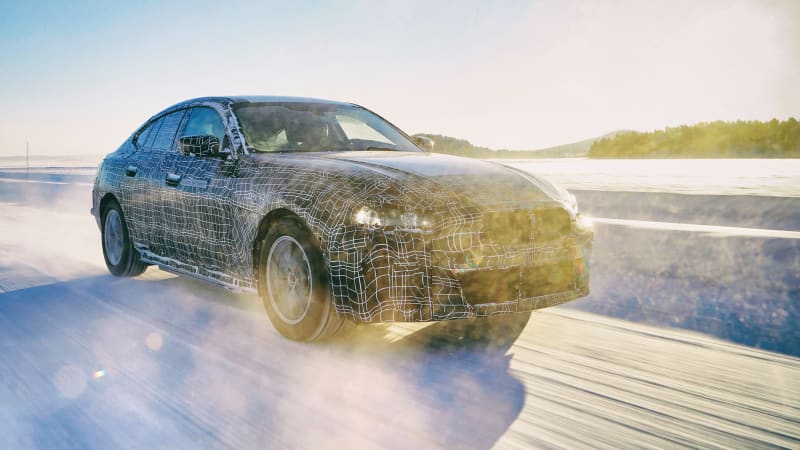Audi Repair Shop Doylestown
Call 267 279 9477 to schedule a appointment

Last week, Roadshow cited a BMW insider as the source of a scoop on specs for the automaker’s coming electric sedan ostensibly called the i4, which will compete against the Tesla Model 3. That insider could have read from the press release BMW issued today, the official document parroting the numbers from last week. The i4 gran coupe will employ the automaker’s fifth-generation EV powertrain to produce around 530 horsepower. In order to offset the 1,212-pound weight of the new, 80-kWh battery pack, much of the i4 will be built with composites. That will enable a sprint from 0 to 62 miles per hour in about 4 seconds, on to a top speed of more than 125 mph. Range with the WLTP cycle should come in around 600 kilometers, or 373 miles.
We have a couple of years to wait for the i4. The iX3 leads the new electric way for BMW next year, and ushers the first production use of the fifth-gen BMW eDrive electric internals. After that comes the production version of the iNEXT. The i4 is expected to debut sometime late next year and go into production in the first half of 2021. That trio, along with an evolution of the current i3, lead the way to BMW Group’s goal of 25 electrified models on sale by 2023 across the three group brands. That figure targets five i-brand models by 2021, and 12 battery-electric cars.
The eDrive system packages the electric motor, transmission and power electronics together in one housing. The carmaker says the design unlocks a “significant increase in power density as well as reduction in weight and manufacturing effort,” and “sets new standards in terms of power density, efficiency and range” Furthermore, the motor no longer needs to use rare-earth metals to achieve desired power outputs. Oddly, BMW hasn’t mentioned the motor’s torque figure, which is usually the go-to number.
Engineers at the carmaker’s Battery Cell Competence Center in Munich developed a new, flatter, high-voltage battery. The unit uses fewer components, its modules contain more cells, and improved packaging opens up more flexibility in terms of placement in different vehicle concepts. Designed to work with 150-kW DC fast chargers, the 80-kWh battery in the i4 can charged to provide 62 miles of range in six minutes and be 80% recharged in 35 minutes. As noted by Autocar, however, in spite of the thinner pack, the stance of the i4 prototypes out cold weather testing appears to show greater ground clearance and a higher roof height.
Autocar also wrote that BMW’s considering two drivetrains for the i4, pitting a rear-wheel driver with an electric prop shaft sending power to the rear, or an AWD setup like that on the iX3 with a motor in the front and another in the rear. The Roadshow report indicated more variants to follow for the i4 range, some with more power and some with more range.
from Autoblog https://ift.tt/33Ze2I7
